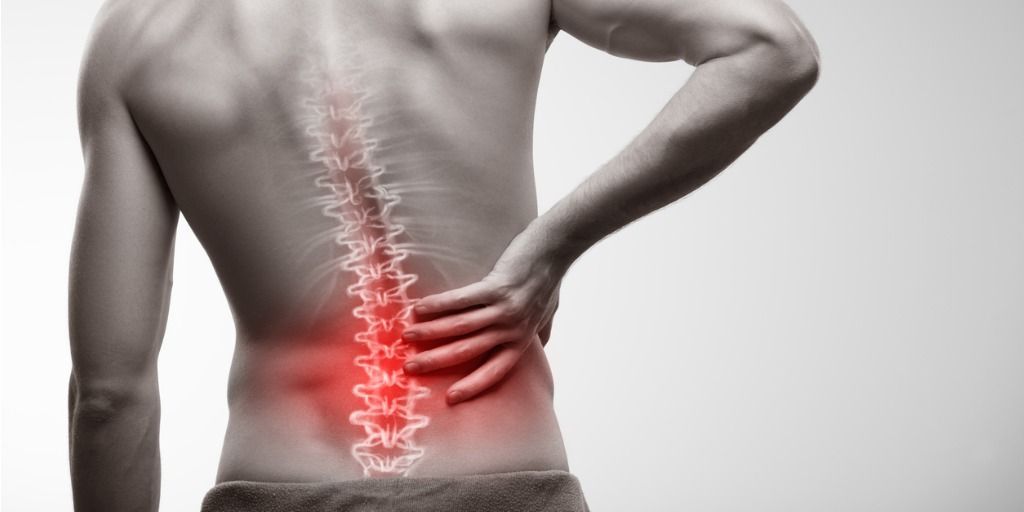Whiplash and Whiplash Associated Disorders
Whiplash associated disorder (WAD) is a term used to describe the collection of symptoms associated with an injury of the neck usually sustained in an accident. Whiplash and whiplash associated disorder are often terms used with the intention of equivalent meaning, however whiplash refers to the mechanism of the injury instead of symptoms present whereas WAD is a range of neck-related clinical symptoms which are usually chronic in nature. Both conditions are common and are usually the result of sudden acceleration-deceleration movements most commonly following the involvement in a motor vehicle or sporting accident.
Whiplash is one of the most controversial musculoskeletal conditions as a precise anatomical diagnosis is usually unachievable. There are 4 grades of whiplash depending on the severity, pathology, signs and symptoms present. Neck pain is the most common indicator of a whiplash injury, other symptoms include stiffness of the neck, headache, visual disturbances, shoulder pain and pain, numbness, tingling or weakness in one or both arms. For some whiplash patients their symptoms become debilitating and progressively worse, for these patients their condition develops into a whiplash-associated disorder. Psychosocial symptoms such as depression, anxiety and fear can also be seen in patients with a whiplash injury as well as psychological factors surrounding the accident itself. Anyone who has already sustained a neck-related injury in the past is more susceptible to whiplash.
For many reasons whiplash injuries can be difficult to treat. Factors such as severity and presence of pain symptoms, interactions of psychological, legal, and physical factors can impact the time to recovery and the effectiveness of treatment methods. Most recent studies suggest active treatment, early mobilization and a gradual exercise programme lead to improved outcomes compared to treatment options which include motion restriction and rest. An exercise programme incorporating specific neck range of motion, strengthening, and stretching exercises can assist with recovery of a whiplash injury. Studies also suggest an early intervention and exercise can reduce pain intensity, improve functional capacity, reduce absences from work and improve range of motion of the neck to pre-injury levels. In patients with chronic whiplash and whiplash-associated disorders exercise, early mobilisation and returning to activity improved long-term outcomes. Overall, recovery times can vary due to the interactions of many factors, however early intervention and exercise can offer the best chance for recovery.

Katie Lintott
Accredited Exercise Physiologist (AEP) (ESSAM)
References
Michele Sterling (2011) Whiplash-associated disorder: musculoskeletal pain and related clinical findings, Journal of Manual & Manipulative Therapy, 19:4, 194-200, DOI: 10.1179/106698111X13129729551949
Yadla, S., Ratliff, J. K., & Harrop, J. S. (2008). Whiplash: diagnosis, treatment, and associated injuries. Current reviews in musculoskeletal medicine , 1 (1), 65-68.




